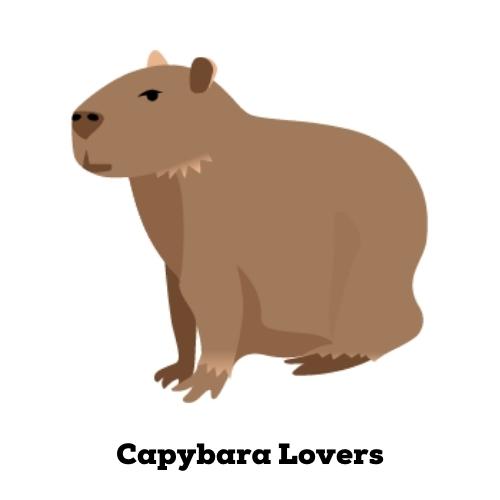Capybaras, also known as cavies, are large rodents native to South America. They are small in size but can weigh up to 40kg. They have a unique feature in comparison with other mammals – they can drink water directly from their stomach via a special organ called the gastric pepsis. The pepsis acts like a one-way valve, allowing food and liquids to pass into the stomach cavity, but not letting them back out again. This makes capybaras the only mammal that does not need to drink or filter water to ingest it. In addition to having the ability to digest vegetation without needing extra enzymes or acids, they also produce very low amounts of methane due to the bacteria found in their digestive system that break down plant matter into simpler forms of carbon and hydrogen.
Is it hard to care for a capybara?
Capybaras are large and can be difficult to keep in captivity. They require a lot of space, time, and resources. Capybaras have very thick fur that can be difficult to groom. Additionally, they are nocturnal animals and behaviorally complex. These factors make capybara care challenging, so it is important to know the ins-and-outs of having a capybara at home before you decide on adding one to your family!
For starters, capys need a large enclosure with an escape proof roof and enough ground space for them to run around comfortably. The size of the enclosure depends on the size of the capy as well as any other pets in the household. A standard enclosure should be at least two meters long and one meter wide for small adults or up to three metres long and two metres wide for larger individuals. It should also have a secure roof that prevents escapes or climbing out, as well as plenty of floor space for them to roam around in. If you plan on housing multiple capys together, you need at least ten square metres per animal – this means if you have six animals living with you they need sixty square metres each!
There are many factors involved in caring for a capybara other than just keeping an appropriate sized enclosure – these include proper diet and exercise along with regular veterinary visits on their first year anniversary during which time their teeth will fall out (or when they reach sexual maturity).
Can a capybara be an indoor pet?
Capybaras are able to survive well in captivity, but they require a lot of attention and care. They are very social animals and can become destructive if they are not given the stimulation they need.
To care for a capybara as an indoor pet, you will need to provide them with both shelter and water. A common way to provide this is by creating a large outdoor enclosure that includes a pool or pond, like you would find at a zoo. Capybaras also enjoy playing in water, so it’s important to give them enough time outside to play and spend time with other capybaras.
As with any other domesticated animal, it is important to take your capybara on regular walks as well as feed them plenty of vegetables and meat. Make sure you keep an eye on their teeth because they may chew on objects more than most other pets, especially if they’re bored or stressed out.
What do you need to care for a capybara?
In order to care for a capybara, you will need to provide its enclosure with a variety of things such as food, water, and a comfortable place for the animal to rest. You will also need to make sure that the capybara has enough space in which to roam and find natural sunlight.
When caring for your capybara, it is important that you remember that they are not like cats or dogs who can wander into the wild on their own. Capybaras are not native to North America and so they may not be able to survive in their natural habitat if not given proper care. This means that they must live in captivity at all times. They also have very sensitive skin and so it is important that you keep them clean and safe from any sort of injury during their time spent in captivity.
What do capybaras need to survive?
A capybara needs a lot of water to drink and to stay clean. They are semi-aquatic animals, so they need plenty of water to stay hydrated. They also need fresh food from time to time. The best diet for them is a diet of hay, vegetables, and fruit, but they also need a source of protein that includes hay, vegetables, and fruit as well as some salt.














